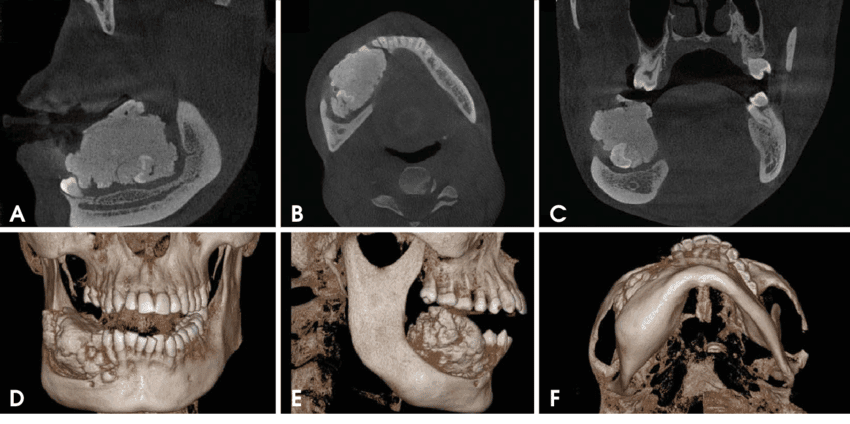
Cone Beam Computed Tomography (CBCT), Expanding the Horizons of Dentistry
Cone Beam Computed Tomography (CBCT) is an imaging modality that has several clinical applications in the field of dentistry. It deploys X-ray beam which is cone shaped along with a 360° scan. Several images are captured, each slightly offset from one another and volumetric data is produced. These images are used for the primary reconstruction of images from three planes namely sagittal, axial and coronal planes and lead to the projection of this data in three-dimensional array.
Benefit of CBCT over 2D Radiography
CBCT method of image capturing, and projection can be exploited for the maxillofacial and oral surgery. Moreover, both quantitative along with qualitative data can be produced by this technology which in turn aids practitioners for the planning of surgery. It has an upper hand over 2-D radiography. 2-D radiographs are incapable of providing indirect evidence of the presence of a VRF (Vertical Root Fractures) whereas, CBCT imaging is more sensitive to VRF. A comparative study was conducted to evaluate the specificity and sensitivity of CBCT and Periapical Radiographs (PAs) in detecting VRF. The specificity and sensitivity were determined as 92.5% and 79.4% respectively for CBCT and 95% and 37.1% respectively for PAs. CBCT imaging can detect periapical pathology prior to it being apparent on PAs. Moreover, radiation dose of CBCT exams is lower than other CT examinations. It has wide applications in implant dentistry, orthodontics, endodontics, periodontics and forensic dentistry among others.
Penetration of Dental Diseases
In 2014, 18.6% children aged 5-19 years suffered from untreated dental caries. Additionally, 31.6% of adults aged 20-44 suffered from untreated dental caries. If left untreated this may lead to dental loss and other complications. Moreover, approximately 51,540 new cases of oropharyngeal and oral-cavity cancer have been recorded in the U.S. in 2018. This will propel the growth of the CBCT market. North America by far is the largest market of CBCT and Asia Pacific is anticipated to show the highest growth in this market. Further, the market of implant dentistry is growing all over the world owing to the rising awareness and escalation in disposable incomes in emerging as well as developed economies. Rise in geriatric population will further drive this market which will greatly impact the CBCT market. Owing to the lower radiation doses imparted to the patients while radiograph capture. Moreover, majority of CBCT equipment are equipped with user-friendly software that makes it easy to use.
Adoption of CBCT is not only restricted to clinics and hospitals it is also being used in dental research institutes and education institutions. With the increasing popularity of CBCT, U.S. has shown the highest adoption rate of CBCT. Out of 56 schools in U.S. 89% of the schools have adopted CBCT equipment followed by U.K. (63%) and adoption was found to be lowest in Australia (1 out of 7 Australian schools i.e. 14%).
First CBCT unit was approved by U.S. FDA in 2000. In 2017 it has been predicted that the increasing usage of CBCT will lead to the replacement of over 50% panoramic devices. Planmeca, Carestream health, Danaher Corporation PreXion and J. Morita are some of the major players of this technology. In January 2017, PreXion announced the launch of PreXion Excelsior CBCT with 30% low radiation exposure, providing four fields of view. On the other hand, 3D Accuitomo 170 is another technology with nine view modes and four imaging modes. However, lack of reimbursement policies and funds with clinics will hamper the growth of market in Europe.
Author: Surbhi Bafna
For more detail Contact:
UnivDatos Market Insights
E-14B, Sector-8, Noida,
Uttar Pradesh 201301
